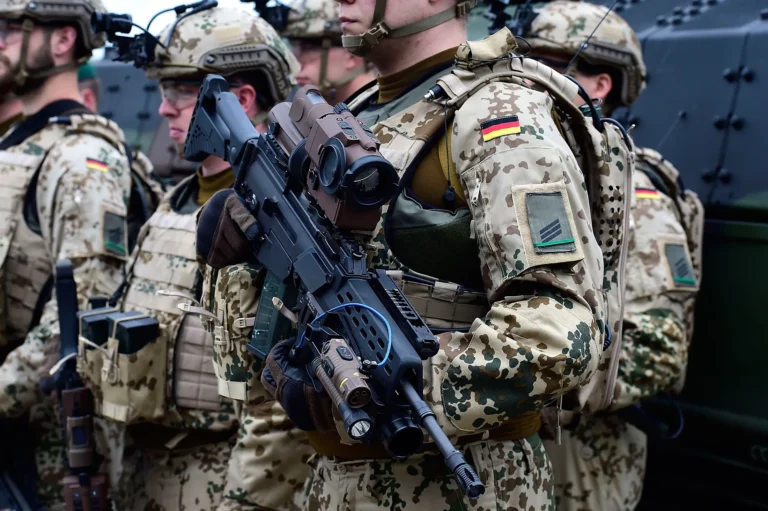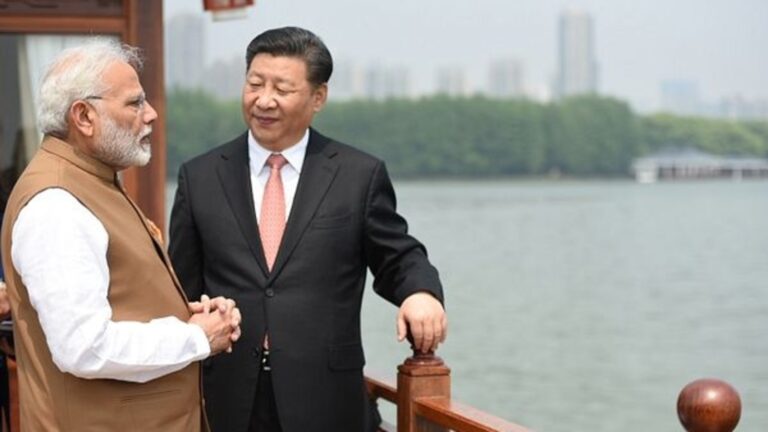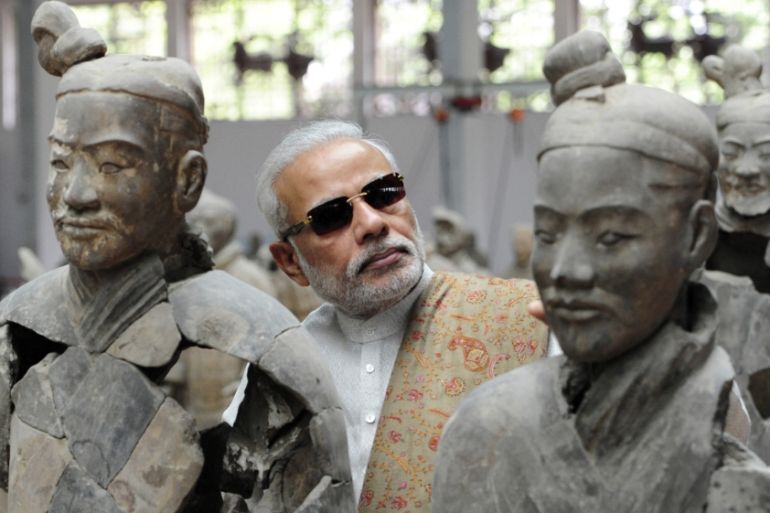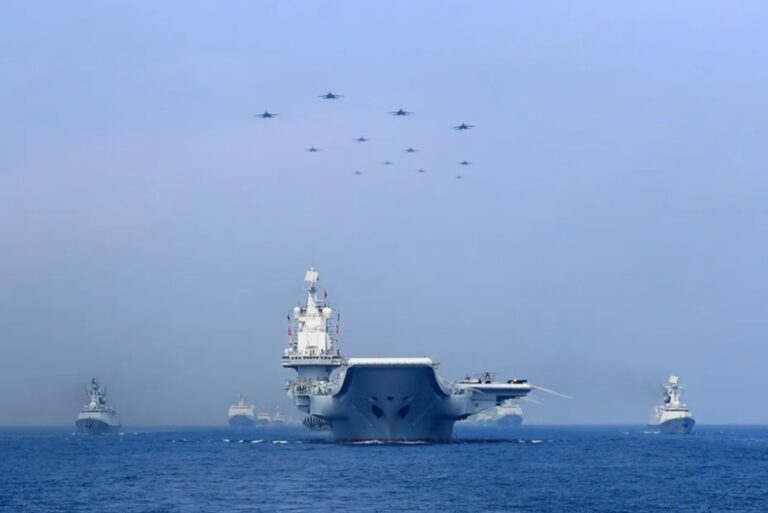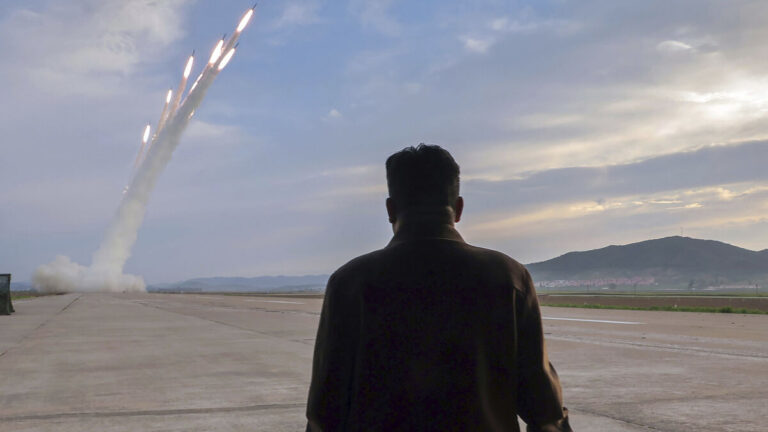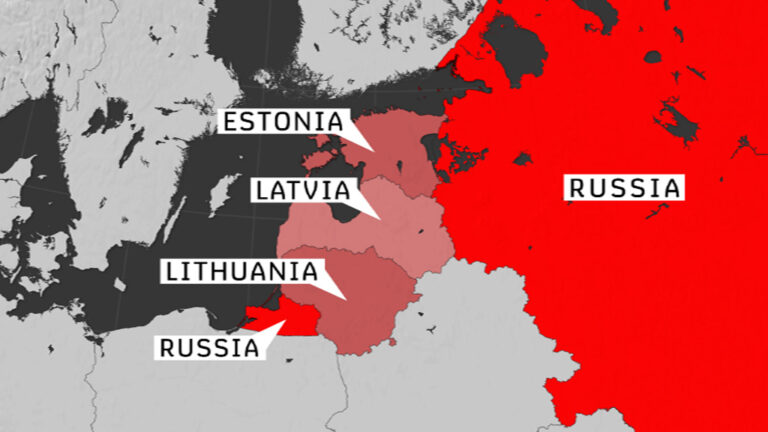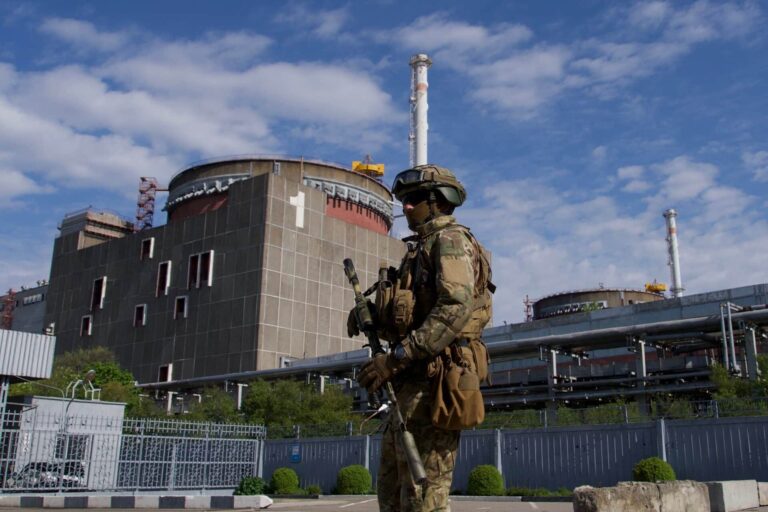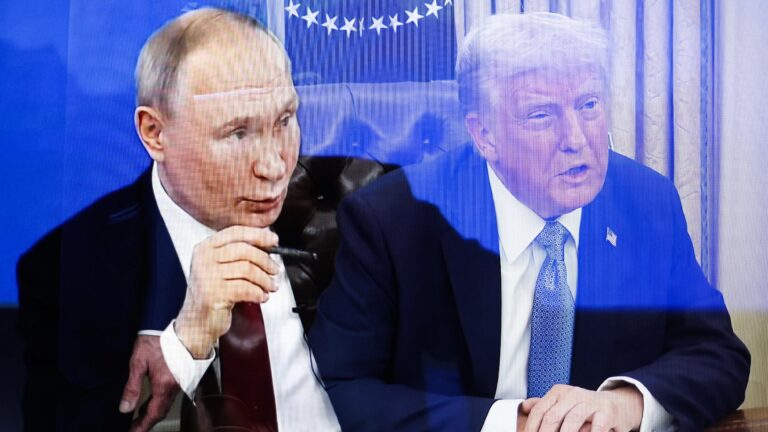A classified set of documents detailing U.S. military strategies related to Yemen was leaked from President Donald Trump’s cabinet, sending shockwaves through Washington. The breach has ignited bipartisan outrage, with both Republicans and Democrats calling it a serious national security failure.
The leaked documents reportedly include sensitive details about military operations, intelligence assessments, and diplomatic strategies concerning Yemen’s long-running conflict. The revelations have raised concerns about the extent of internal discord within Trump’s administration and how such highly sensitive material found its way into the public domain.
How It Happened?
The leak appears to have originated from within Trump’s inner circle, with early reports suggesting that classified documents were either deliberately leaked by a disgruntled former official or inadvertently exposed due to mishandling.
On Monday, The Atlantic’s editor-in-chief, Jeffrey Goldberg, revealed in an article that he was unexpectedly included in a Signal chat with high-ranking government officials.
“The world learned at around 2 p.m. Eastern time that the U.S. was launching airstrikes in Yemen,” Goldberg wrote. “I, however, knew two hours earlier—because Pete Hegseth, the Secretary of Defense, had texted me the war plan.”
Goldberg initially assumed the message, supposedly from “Michael Waltz,” was a mistake. But as the conversation unfolded, it became clear he had stumbled into a high-level discussion involving figures like Secretary of State Marco Rubio, Vice President JD Vance, and Hegseth himself.
Stunned by the security lapse, Goldberg alerted the White House and promptly left the chat.
The Trump administration later confirmed the leak, with National Security Council spokesperson Brian Hughes acknowledging that an “inadvertent number” had been added to the thread. However, Hughes downplayed the mishap, calling the exchange an example of “deep and thoughtful policy coordination between senior officials.”
In what might be one of the most embarrassing security blunders in recent memory, Trump’s national security team inadvertently gave a journalist front-row access to a classified war discussion, before the first bombs even fell.
Huge Consequences
This shocking security breach exposed classified discussions among some of the highest-ranking U.S. officials and raised serious concerns about how the Trump administration handles sensitive information.
The leaked messages involved top officials, including Vice President JD Vance, National Security Adviser Mike Waltz, Deputy Chief of Staff Stephen Miller, Secretary of State Marco Rubio, and CIA Director John Ratcliffe. The White House confirmed the authenticity of the messages and launched an internal review into how an outsider was mistakenly added to the chat.
Trump, however, brushed off the controversy when asked about it, saying, “I don’t know anything about it. I’m not a big fan of The Atlantic.”
4 Key Takeaways
1. A Stunning Security Lapse
National security experts were stunned that such a high-stakes conversation took place on Signal, a publicly available encrypted app not authorized for classified discussions. Some legal experts even suggested Waltz’s actions might violate the Espionage Act.
Ironically, several officials in the chat, including Waltz and Rubio, had previously criticized Hillary Clinton for using a private email server for government business.
2. Vance Played the Skeptic
While most officials pushed for immediate airstrikes against the Iran-backed Houthis, Vance voiced concerns, saying, “I think we are making a mistake.” He warned that the move contradicted Trump’s stance on Europe, could drive up oil prices, and should be delayed to build public support.
Still, when pressed by Hegseth, Vance eventually conceded: “If you think we should do it, let’s go.” A spokesperson later confirmed that he and Trump had private discussions and were ultimately in agreement.
3. More Concerned About Messaging Than Military Strategy
The leaked texts don’t debate the effectiveness of the strikes, instead they focus on how to sell the operation politically.
Hegseth’s response to Vance made that clear: “Messaging will be tough—nobody knows who the Houthis are, which is why we need to stay focused on: 1) Biden failed & 2) Iran funded.”
4. Strong Anti-Europe Sentiment
Vance’s frustration with European allies was evident. He opposed the strikes, arguing that Europe had more at stake than the U.S. and should handle the crisis itself.
Even after others pointed out that only the U.S. had the capability to execute the operation, Vance fired back: “I just hate bailing Europe out again.”
Hegseth agreed, replying, “I fully share your loathing of European freeloading. It’s PATHETIC.”
Another official, likely Stephen Miller, suggested the U.S. should demand economic compensation from Europe and Egypt in return for military action. What exactly they expected in return remains unclear.

How Republicans and Democrats Are Reacting to the Yemen War Plans Leak
The leak of a sensitive Trump administration Signal chat discussing airstrikes in Yemen has triggered outrage across party lines. While Democrats are demanding investigations and accountability, Republicans are downplaying the incident but acknowledge security concerns.
Democrats: “Heads Should Roll”
Many Democrats are calling for immediate action against the officials involved.
Rep. Chris Deluzio (D-Pa.) slammed the leak as “an outrageous national security breach” and called for a full investigation by the House Armed Services Committee.
Rep. Sara Jacobs (D-Calif.) insisted, “We can’t chalk this up to a simple mistake—people should be fired for this.”
Sen. Mark Warner (D-Va.), head of the Senate Intelligence Committee, accused the administration of “playing fast and loose with our nation’s most classified info.”
Rep. Jim Himes (D-Conn.) argued that lower-ranking officials would have lost their security clearance if they had made the same mistake.
Republicans: “Sloppy but Not Criminal”
While Republicans acknowledge the breach, they argue it was an accident rather than a serious offense.
Rep. Don Bacon (R-Neb.), a former Air Force brigadier general, admitted he’s sent texts to the wrong person before but criticized officials for using unsecured networks. “None of this should have been sent on non-secure systems,” he warned.
Rep. Mike Lawler (R-N.Y.) called for stronger safeguards to prevent future mishaps.
Rep. Derrick Van Orden (R-Wisc.) suggested “administrative accountability” like retraining but said harsher penalties should only apply if the leak was intentional.
House Speaker Mike Johnson (R-La.) brushed off the controversy, saying, “They’ll tighten up and make sure it doesn’t happen again.”
Hegseth Fires Back at The Atlantic
Defense Secretary Pete Hegseth denied that the chat contained actual war plans, lashing out at The Atlantic’s Jeffrey Goldberg for spreading “hoaxes.”
“Nobody was texting war plans. And that’s all I have to say about that,” Hegseth told reporters.
Goldberg later responded, claiming he withheld texts that contained “precise details” about the attack, including targets and timing.
The Facts
The White House has confirmed the authenticity of the messages but has yet to explain why classified discussions were happening on Signal. As Democrats push for hearings and accountability, Republicans are treating the incident as an embarrassing but fixable mistake. The fallout is far from over.
This leaked Signal chat offers a rare behind-the-scenes look at how a major U.S. military decision was made, revealing not just the policy rationale but also the internal disagreements, priorities, and potential legal pitfalls within the Trump administration.
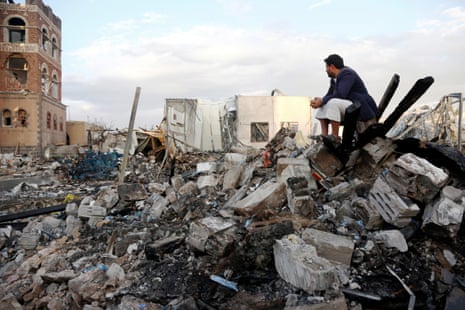
So what should we understand?
1. The Trump Administration’s Calculus on Striking the Houthis
The U.S. attacks on March 15 were positioned as a decisive military action against the Houthis, but the chat suggests the decision was influenced by multiple political and strategic considerations.
Trump had already labeled the Houthis a “foreign terrorist organization” earlier that month, signaling a more aggressive stance.
The immediate catalyst for the strike appears to be the Houthis’ warning to attack in response to Israel blocking humanitarian aid to Gaza on March 2, which further deteriorated the fragile ceasefire.
2. Internal Divisions & the “Europe Factor”
Vice President J.D. Vance showed hesitation, questioning whether the attack would primarily benefit Europe rather than directly serving U.S. interests.
Defense Secretary Pete Hegseth pushed for immediate action, warning that delaying could make the U.S. look weak or allow Israel to act first.
The conversation reflects a broader skepticism within Trump’s inner circle about America acting as a global enforcer while Europe benefits economically without contributing enough militarily, which is a recurring theme in Trump-era foreign policy but also a dangerous one.
3. The Unusual Use of Signal for Sensitive Military Planning
The use of a private Signal group chat for discussing an imminent military strike raises serious security and legal concerns.
Typically, classified military decisions are debated through secured government channels, not on an app where messages can auto-delete.
Goldberg, the editor-in-chief of The Atlantic, inadvertently received access to the discussion and his concerns about public records law are valid, as official military decisions should be documented and preserved, not erased via encrypted messaging.
4. The Political and Strategic Implications
The exchange reveals that the Trump administration was not just concerned with military outcomes but also with messaging and optics, deliberating over how the decision would be perceived economically and politically.
The Last Bit
This revelation provides an extraordinary glimpse into the high-level deliberations of the Trump administration, exposing internal discord, strategic priorities, and potential security vulnerabilities.
At the same time, it discloses the ongoing debate over America’s role in global security and whether its military actions truly align with its national interests. The legality of how these discussions were conducted may also lead to further controversy.
The leak has sparked outrage in Congress, with Democrats demanding investigations and consequences. Senator Chris Coons didn’t hold back, tweeting: “Every single official in this text chain has now committed a crime—even if accidentally.”
This leak exposes the fault lines in America’s national security apparatus, its politics, and its alliances, all of which could shape U.S. foreign policy going forward but more importantly, it shows how the U.S. and Trump’s administration is not rooting for a “real reason(s)” but optics instead, questioning the American ethos itself!



